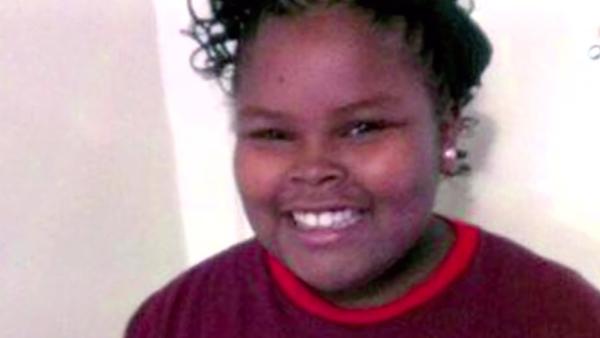
Child care issues may keep breast cancer patients from getting the treatments they need, a new study suggests.
Mothers with young children were more likely to skip recommended radiation treatments after breast cancer surgery because of worries about the time involved, researchers found.
In particular, women who had a breast tumor removed were less likely to undergo radiation therapy afterwards if they had kids age seven or younger at home.About 81 per cent of women surveyed in the study who had younger kids received radiation therapy. The rates of radiation therapy for women with older kids or none at all ranged between 84 and 87 per cent.
Put another way, one in five women with young kids in the study skipped potentially life-saving post-surgery treatment, said Ya-Chen Tina Shih, an economist and associate professor of medicine at the University of Chicago in Illinois who co-led the study.
“We were surprised because women in the younger age range have the longest life expectancy, so we expected to see a higher compliance rate among them,” she told Reuters Health.
“Women may think, ‘I really need to take care of the kids at home,’ and they may act on what they believe is most important at that time,” Shih said.
“But they may not be aware of how important radiation therapy is.”
Women who have “lumpectomy” surgery to remove a breast tumor – the researchers did not include patients who had mastectomies – are usually advised to follow up with radiation therapy, which requires a serious time commitment. The radiation treatments take up to an hour, five days a week, for up to seven weeks, the researchers report.
“Many have hypothesized that young children might be a barrier for younger women, but this paper is the first to demonstrate that,” wrote Dr. Nancy Keating in an email to Reuters Health.
Keating, an associate professor at Harvard Medical School’s Department of Health Care Policy in Boston, was not involved in the new study.
“It suggests there is a modifiable barrier to improving care: providing child care,” Keating said.
For their study, Shih and her team looked at 21,008 patients who filed breast cancer surgery claims between 2004 and 2009 with employer-sponsored insurance.
From the data provided by Truven Health Analytics, researchers knew how many kids – dependents – were in a woman’s household.
The team found additional barriers to radiation therapy. Patients who enrolled in HMO plans, or PPO plans with fixed reimbursement amounts, were less likely to follow through with the treatment. If a patient had to travel far for the surgery itself, then she was also less likely to get radiation.
But this study’s biggest contribution is highlighting how childcare may play a role, Keating said.
Women, like those in the study, who chose breast-conserving surgery and not a mastectomy, “may not understand that the surgery is equivalent to mastectomy in terms of outcomes if women also get the radiation,” Keating wrote.
Shih pointed out that one weakness in her team’s report, published in the Journal of the National Cancer Institute, was that they did not talk to the patients themselves to record their reasons for not getting radiation therapy.
The study shows an association between the age of a woman’s children and her likelihood of opting out of radiation, but does not prove cause and effect.
Future studies could also investigate the rates of radiation therapy among women without insurance, or with less generous benefits, Shih said.
But for now, “the person in charge of a patient’s entire cancer care needs to make sure that they know if a patient has younger kids,” Shih said.
“If friends and family can make a commitment to help with the patient’s child care needs for a month or two – that could make a big difference,” she said.
The findings “suggest that providers, like hospitals, physician groups or health systems, could potentially help by providing assistance with child care,” Keating said.
Source: Khaleej times










